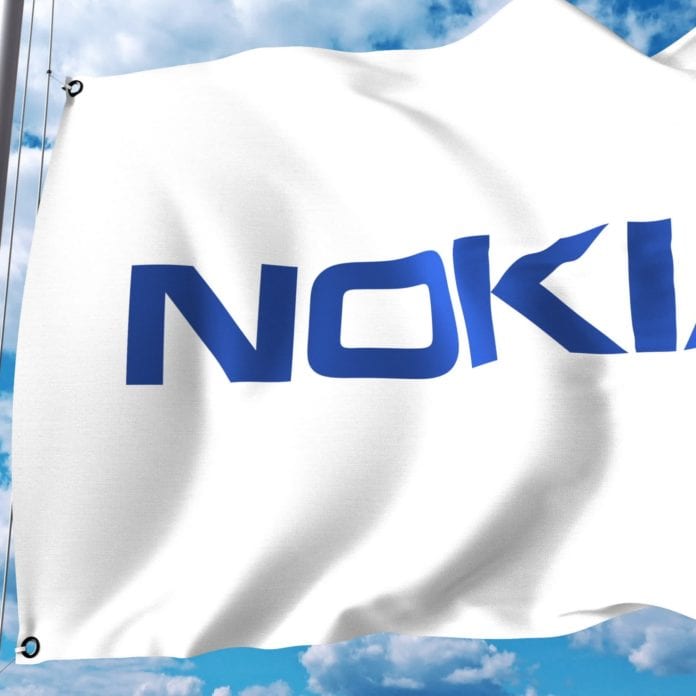DSS key piece of operator plans to scale 5G
Major operators around the world have tested and publicly discussed their plans to use dynamic spectrum sharing to rapidly scale 5G coverage by enabling simultaneous transmission of LTE and 5G New Radio in the same band. Ericsson has led the way on commercial DSS solutions with general availability in February (along with the GLOMO CTO Award). Following industry criticism around timing, Nokia, which counted 69 5G deals as of April 1, last week said initial deliveries of the software are “planned” for this week with “volume shipments expected by July.”
In the U.S., Verizon has been talking DSS since mid-last year. The operator went to market with millimeter wave-based 5G and will use DSS to expand 5G into its lower-band spectrum that supports LTE. Swisscom turned on Ericsson Spectrum Sharing, the product name for the vendor’s DSS solutions, and claimed 90% population coverage in the Western European nation. Ericsson said in Q1 that 80% of the customers testing DSS plan to deploy it within a year.
The DSS announcement was part of a larger expansion to Nokia’s AirScale portfolio. Other updates include new massive MIMO antennas, dual- and triple-band remote radio heads and what the company calls the “Nokia AirScale All-in-Cloud base station,” which “virtualizes real-time baseband and puts the baseband processing power at the edge of the network to meet extremely low-latency requirements, boosting the efficiency of the network.”
Nokia’s President of Mobile Networks Tommi Uitto described the broad goal of the portfolio update as meant help operators “deliver compelling 5G experiences to their customers faster and at a lower cost. They will also support with increased demand for capacity, which is critical in the current environment.”
Back to the All-in-Cloud base station, the intersection of cloud and edge in 5G networks, particularly standalone 5G networks, is something Nokia’s Sandro Tavares, global head of mobile networks marketing, discussed in an interview with RCR Wireless News published on April 1.
“A lot of these innovative use cases that we talk about with 5G are enabled by SA, especially when you’re talking about ultra-low latency applications, like IoT,” he said. “Cloud computing technologies play a significant role in enabling 5G. Even if we take a more conservative approach, and deploy the 5G radio access in a ‘classic’ way, with the classic approach of hardware that is built for the purpose for the radio access, the core is going to the cloud regardless.”
Tavares continued: “You’re building smaller, and in some cases, very small, data centers closer to the edge of the network so you can host the infrastructure and the applications that they’re going to be delivering.”

